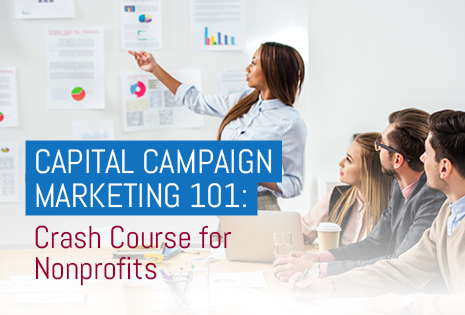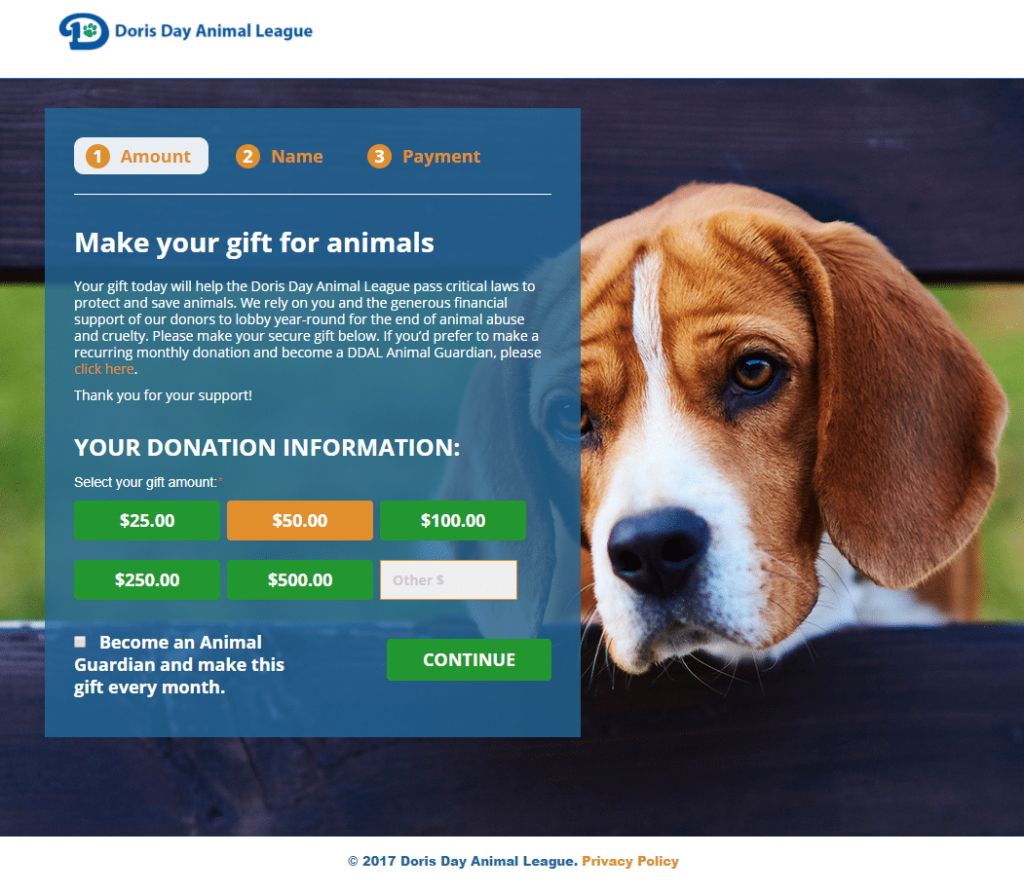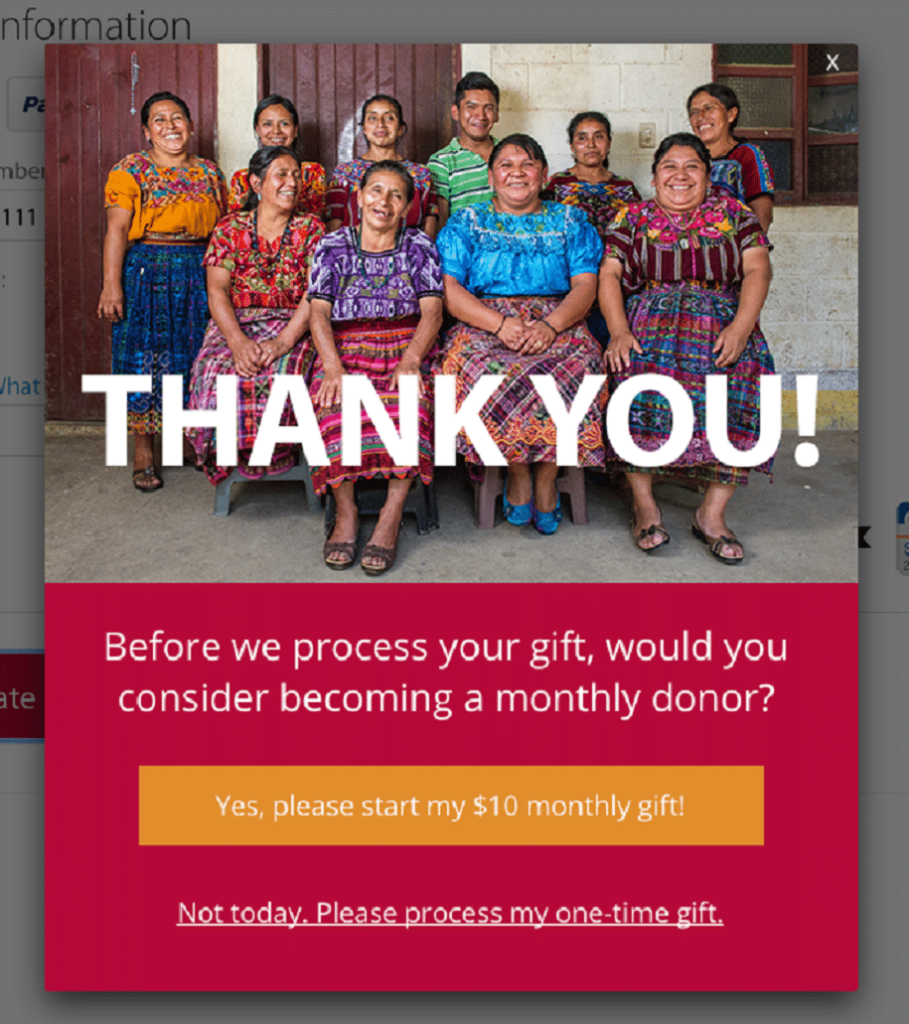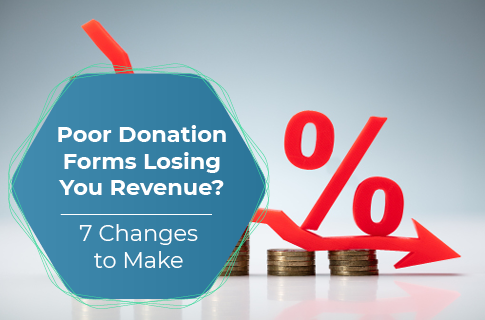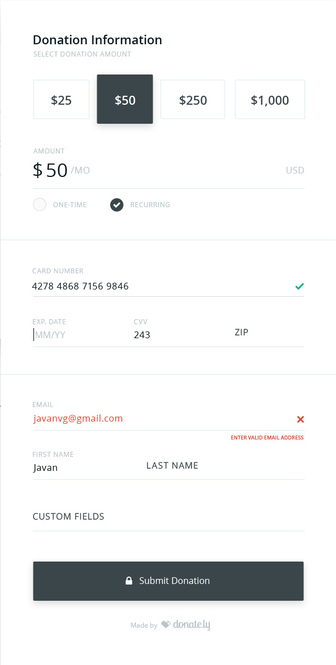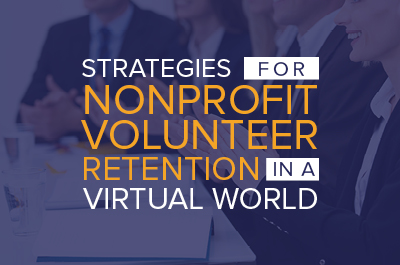After a difficult year fraught with changes, advocacy organizations have had to change how they work. As the new normal settles, what solutions and strategies can you carry over from 2020 into the future? Russ Oster of Grassroots Unwired has a few ideas about how to choose the right techniques and technologies.
The challenges of 2020 have caused grassroots advocacy organizations to rethink their approach to canvassing. Looking to the future, organizers planning their next canvassing campaign have the options to return to form, use innovative strategies developed in response to the pandemic, or apply a mix of both.
As an advocacy professional, you know that weighing the pros and cons of street and virtual canvassing is vital for your organization’s growth and future success. Whether you use it or not, advocacy software for virtual canvassing is available, and many groups are likely to make use of it, no matter what your organization decides.
While your grassroots organization may choose not to use virtual canvassing software, the availability of improved software solutions in the advocacy field means your organization must choose the right technology.
This article will offer an overview of both methods, then explore the pros and cons of street and virtual canvassing to help your grassroots organization understand which is right for you.
Street Canvassing
Traditional street and door-to-door canvassing have been reliable tactics for advocacy groups for a good reason. Volunteers armed with clipboards taking to the streets to gather support and signatures are an image almost everyone is familiar with. Advocacy groups have had success building bases and fulfilling their causes with it.
However, while street canvassing has seen advances, it still lacks the accessibility and convenience of virtual canvassing. This past year has also demonstrated that unforeseen circumstances can severely disrupt street canvassing and other in-person forms of advocacy work. Advocacy groups without backup plans in place can then suffer significant setbacks in productivity.
Pros
The pros of street canvassing include:
- Face-to-face connections. Advocacy work succeeds when your volunteers can connect with new supporters. Engaging in one-on-one conversations allows volunteers to build a rapport between your organization and potential supporters, even when working with pre-written scripts. People also tend to notice when approached in person, which may convince some to stop and listen when they might ignore virtual outreach efforts.
- Volunteers can reach out to communities they are already a part of. While virtual canvassing may give your organization freedom to assign any volunteers to any neighborhoods, street and door-to-door canvassing can maximize its volunteers’ potential by having them get to work in areas they’re already familiar with. Doing so can help increase your connections in that area and improve your volunteers’ experience working for your organization.
- New canvassing technology for improved efficiency. Virtual canvassing may seem like the most technologically advanced way to reach supporters, but street canvassing also has software solutions to explore. For example, Grassroots Unwired’s canvassing software replaces clipboards with tablets, allowing volunteers to report collected signatures and contact information straight to your central database.
When evaluating the pros of street canvassing, also consider what your volunteers will be most comfortable doing. As mentioned, some may enjoy engaging in outreach in communities they’re already familiar with, while others might want to explore and get the word out in new areas.
Cons
The cons of street canvassing include:
- Volunteers need to travel to assigned locations physically. Physical travel takes time that your volunteers could spend getting in touch with more supporters. Additionally, many volunteers who would like to participate in advocacy work are not physically able to meet the demands of street canvassing.
- Volunteers can suffer burnout. In-person conversations hours of work on street corners can lead to increased burnout among volunteers. While volunteer retention is still a concern for virtual canvassing, street, and door-to-door canvassing provide unique challenges such as exhaustion, even among other advocacy volunteer responsibilities.
- Door-to-door canvassers can waste their time visiting houses when no one is home. Knocking on doors is only effective if someone is home, and while chances of that have improved over the last year, your volunteers can still end up wasting their time by visiting empty houses.
As you weigh the overall effectiveness of street canvassing, use data from previous street advocacy campaigns as a comparison point. Whether you’re planning to test virtual canvassing or already have, you’ll only know which solution is adequate for your advocacy group if you have the data showing why.
Virtual Canvassing

Virtual canvassing lets your supporters conduct outreach remotely with advocacy software. Advocacy software varies in functionality, but virtual canvassing solutions generally include messaging tools, donation payment processing capabilities, real-time reporting, and canvasser management tools.
Advocacy software is an investment, and finding the right solution can require extensive research. Guides like this one often provide a helpful starting point for understanding what software providers are out there. Your team can then compare these selections to your organization’s needs and budget to start narrowing your list down to your top solutions.
Pros
The pros of virtual canvassing include:
- Supervisors can manage multiple volunteers at once. Virtual canvassing platforms allow your supervisors to monitor incoming data from all of your volunteers from one centralized dashboard. Suppose your volunteers report a problem or your supervisor notices an issue based on their reports. The supervisor can quickly get in touch with the volunteer and provide feedback to resolve the issue.
- Faster data reporting and filtering. Virtual canvassing automates many data entry tasks that occur even with software-supported street canvassing. Supervisors can collect data in real-time and adjust canvassers’ strategies in the middle of your campaigns, allowing your volunteers to respond to both challenges and opportunities immediately. Many virtual canvassing solutions also integrate with the rest of your organization’s tech stack, meaning you can smoothly transfer data collected by volunteers into your donor database, volunteer management system, and other software solutions.
- Your organization can reach a wider audience. Without location restrictions, your organization can get in touch with volunteers and supporters across the country. Even if your advocacy group isn’t operating at a national level, you can still expand your audience with inclusive technology that enables volunteers who can’t meet the physical demands of street canvassing to still participate in your organization.
If your organization is interested in virtual canvassing software, you might also consider investing in advocacy apps. Smartphones have changed the way people interact with political and advocacy campaigns. As DNL Omnimedia’s guide to advocacy apps explains, apps “act as crucial links in multichannel advocacy strategies, centralizing the other digital elements of your campaign in one organized place. They encourage deeper engagement and open up new ways to get supporters involved.”
Cons
The cons of virtual canvassing include:
- Missing face-to-face element. While virtual canvassing has attempted to overcome the limitations of remote interactions with video conferencing features, remote canvassing is still remote and can miss out on the benefits of in-person conversations. For some organizations, this difference may be negligible, but others may find themselves struggling to build relationships with supporters the same way their street canvassing efforts did.
- Volunteer engagement can decrease. Without direct contact with other volunteers and their supervisors, volunteers may feel more alone in their efforts and potentially become unengaged. Overcoming the lack of face-to-face interactions with video conferencing can also lead to burnout and cause volunteers to become less inclined to use one of your software’s most valuable tools.
- Volunteers need to learn new technology. Any new software requires training. Ensure your virtual canvassing software has sufficient onboarding resources, and take the time to help your volunteers get up to speed on your new software. Avoid changing or adding too many software solutions at a time because productivity slowdowns often accompany new software as volunteers learn how to use it.
You’ll additionally need to consider your organization’s future as you invest in software. While some virtual canvassing tools are adequate for smaller advocacy groups, you might find yourself leaving them behind as your organization groups. Find a scalable solution and ask providers about their software’s long-term use before making any purchases.
As we enter the post-pandemic era, your advocacy organization will need to decide what new practices should be adopted, but also what you can continue to carry with you. While not free of drawbacks, virtual canvassing offers many unique benefits that can result in tangible benefits for the right advocacy group. Take inventory of your advocacy group’s current practices to determine which pros and cons weigh most heavily for your organization, so you can come to an informed decision about street and virtual canvassing.
About the Author: Russ Oster

Russ’ first experience in the world of grassroots organizing came when he was an infant and his mother pushed him in a stroller door to door to collect signatures for the Impeach Nixon movement. Eighteen years later he embarked on his college career in Washington, DC and during that time developed a passion for campaigns and elections that started with an internship on the campaign of the first woman ever elected to Congress from the State of Virginia.
For the next 15 years Russ lived and breathed campaigns, running field operations in a wide range of races and for a number of coordinated campaign efforts. When it became obvious to Russ that the technology existed to make field efforts drastically more efficient and accountable but the solutions did not, he launched Grassroots Unwired and has worked every day since to keep GU on the cutting edge, pushing new features and enhancements to meet the needs of every evolving grassroots organizing efforts.
